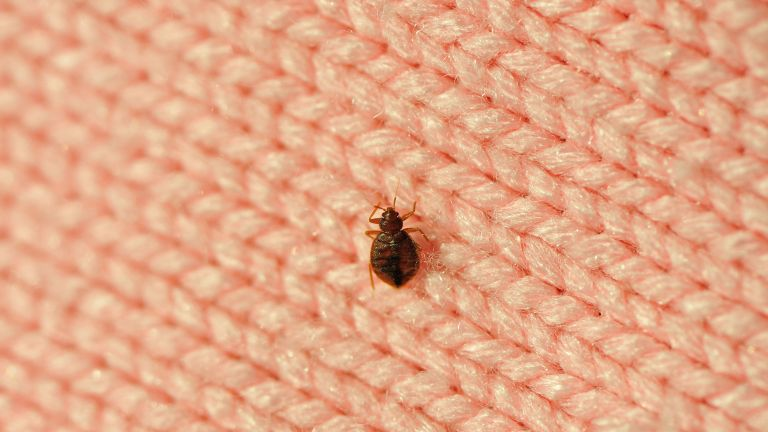Bed bugs have been with us for thousands of years and sadly will possibly be with us for decades more.
So says Brooke Borel, a science journalist who has written a rather chilling book entitled Infested: How the Bed Bug Infiltrated Our Bedroom and Took Over the World
Borel, in her research, says even the ancient Egyptians had to cope with bed bugs.
She points out that from around 1939 to about 15 years ago, most people felt that bed bugs had primarily been eradicated, but they were horribly wrong.
Not only was DDT banned in 1972 by the EPA over environmental health concerns, but according to Borel, a new breed of bed bugs that were resistant to DDT began developing long before DDT was eliminated.
Compounding the problem is that while people can call an exterminator or buy an anti-bed bug killer, they only work when sprayed directly on the bed bug and during the day most bed bugs are buried deep within the folds and crevices of the bed or your couch.
There is a common solution that does seem to work, which is by heating the bed and furniture to a high temperature. This heating process tends to kill both the bed bugs and the dormant bed bug eggs.
Unfortunately, the average homeowner will pay $2,000 to $4,000 to have hot air at temperatures of around 120 degrees Fahrenheit blown into the home. And as expensive as this is, it is multiplied many times by the owner when an apartment complex is treated.
Figure on average, $20,000, or more per apartment building.
And while heat treatment definitely works, there are many people who try to do the job by use of space heaters coupled with the heat blasting on high and who often wind up burning down the house.
So how do you get rid of bed bugs with a vacuum?
Since bed bugs really only come out at night, the first suggestion which makes logical sense is to vacuum at night.
It is recommended that you use a long nozzle attachment when you are vacuuming because bed bugs hide and live in crevices.
Another tip is to be careful and not to press hard against the fabric. Rather than killing the bed bugs and their eggs, you may wind up merely propelling the bed bugs off the bed and into the awaiting carpet.
Use the nozzle to concentrate the suction but be cautious about actually pressing on the fabric.
After you have thoroughly vacuum for bed bugs, you want to be careful about how you treat the bed bugs within your cleaner once you have finished.
First, if you have more than one bedroom to debug, take a piece of duct tape over the ends of the nozzle to avoid transporting any bed bugs from one bedroom to another.
Secondly, clean your bag or dispose of your bagless cleaner often.
If you have a bag, remove the bag from your machine, place a piece of duct tape over the opening, and then place the bag into a larger plastic container. Then take it out to the trash.
Never simply dispose of the bag in your kitchen garbage bag. All it takes is one or two live bug beds to escape and start the entire cycle only.
If you have a vac with no bag, again dump the contents of a larger, disposable plastic bag and promptly take it outside. Also, be sure and wash your bagless container with warm soapy water.
Related posts: